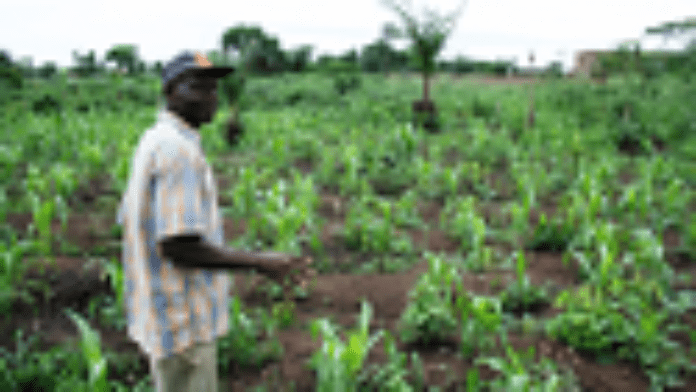
Karamoja region, located 400 kilometres north east of Uganda’s capital
Kampala, is known for its cattle rustlers who attack and kill one another to rob cattle. And with a poor agricultural tradition, the area is almost always plagued by famine. But the Karamoja reputation may soon belong to the past as the World Food Programme and the international community seek to address the problem with sustainable agricultural programmes designed to help nearly half a million people.
A new programme designed to help the Uganda Government address food shortages and malnutrition in the Karamoja region has been launched by the United Nation’s World Food Programme (WFP) with contributions from the Governments of Japan, Spain, Italy and Norway totalling US$5.2 million.
“WFP is extremely grateful for these generous and timely donations,” the
Country Director Stanlake Samkange said today, Monday. “Last week, alongside a new emergency operation, WFP launched a development programme, which emphasizes the creation of community assets to strengthen livelihoods and reduce dependency on food aid.”
He thanked the countries that have donated towards the programme. They include Japan which has donated US$2.5 million, Spain US$1.5 million, Italy US$ 837,000 and Norway, US$418,000.
However, WFP Uganda needs an additional US$20 million to sustain the new programme until December. Without continued donor support, the need for large-scale general distributions is likely to persist. These have had a limited long-term impact in a region where in spite of WFP and partner efforts, acute malnutrition rates have remained above the emergency alert threshold for some years.
“Karamoja has been relying on food relief too long,” Samkange said. “WFP
can help change this. The new programme enables us to seize development
opportunities while finding lasting solutions to food and nutrition insecurity.”
Under the leadership of the Government of Uganda, the new programme will be aimed mostly at moderately food-insecure households –- that is, an estimated 400,000 people this year. Participants will engage in building productive community assets and acquire skills through food or cash for work schemes.
The projects will include the cultivation of cassava, the production of cash crops such as gum Arabic and onions, and the creation of water-harvesting assets including low-technology dams. In addition, WFP will support fuel and soil conservation, energy-saving technology including cooking stoves in schools, and tree planting.
WFP will work closely with partners including the Food and Agriculture
Organization, the International Organization for Migration and the United
Nations Children’s Fund.
The programme and WFP’s other development initiatives will complement the emergency operation, in which numbers targeted for general food
distributions have been dramatically reduced. Last year’s emergency operation reached more than a million people through food relief and nutrition programmes. This year, WFP is targeting only the most vulnerable
people – estimated at 300,000.
All WFP’s programmes align with and support the Government’s Karamoja
Action Plan for Food Security, which stresses the need to reduce dependency and achieve lasting solutions to hunger. WFP, the Government of Uganda, and the five districts have signed a Joint Action Agreement for Karamoja as a key step to fully implementing the Plan.

